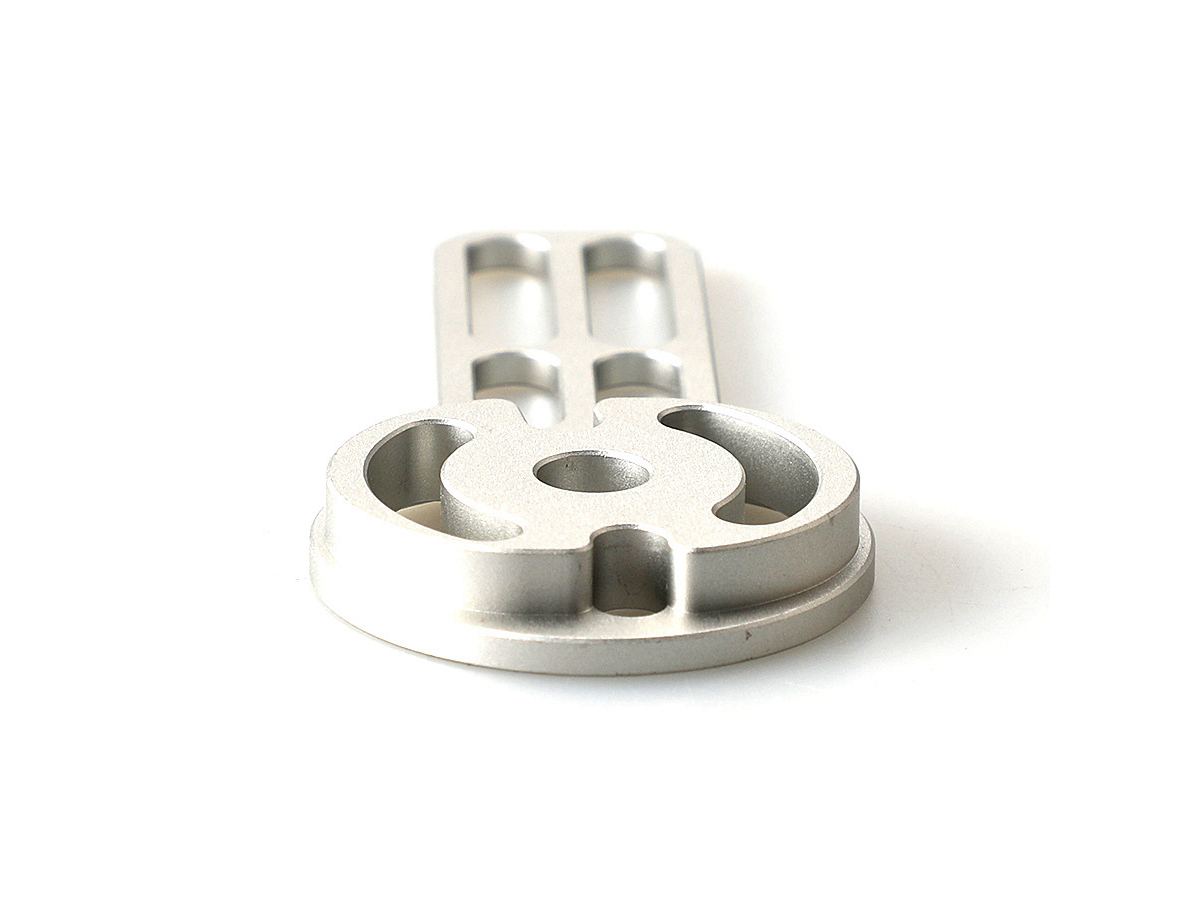Superalloy Components in Nuclear Industry: Precision Machining for Safety and Reliability
Introduction
The nuclear industry operates under extreme conditions, demanding materials capable of withstanding high temperatures, corrosive environments, and intense radiation. Superalloys like Inconel 718, Hastelloy C-276, and Nimonic 90 possess exceptional thermal stability, corrosion resistance, and mechanical strength, making them essential for reactor components, cooling systems, and critical safety equipment.
Advanced precision CNC machining techniques have revolutionized the fabrication of superalloy components, ensuring tight tolerances, intricate designs, and excellent surface integrity. Precision machining not only enhances the performance and reliability of nuclear components but also significantly contributes to overall plant safety and operational longevity.
Superalloy Materials for Nuclear Applications
Material Performance Comparison
Material | Tensile Strength (MPa) | Yield Strength (MPa) | Max Operating Temp (°C) | Typical Applications | Advantage |
|---|---|---|---|---|---|
1240-1450 | 1034-1207 | 700 | Reactor components, bolts, fasteners | Exceptional tensile strength, superior fatigue resistance | |
750-900 | 350-450 | 1038 | Heat exchangers, coolant piping | Superior corrosion resistance, excellent weldability | |
1140-1380 | 815-965 | 920 | Turbine blades, high-temperature fasteners | Outstanding heat resistance, high creep strength | |
827-1103 | 414-758 | 982 | Exhaust systems, containment structures | Excellent corrosion resistance, good weldability |
Material Selection Strategy
Selecting the appropriate superalloy for nuclear industry components involves a precise evaluation based on temperature, radiation resistance, and corrosion demands:
Reactor components, bolts, and fasteners operating under intense mechanical stress and temperatures up to 700°C require Inconel 718 for its outstanding tensile strength (up to 1450 MPa) and fatigue resistance.
Cooling system components such as heat exchangers and coolant piping exposed to highly corrosive conditions at temperatures up to 1038°C benefit from Hastelloy C-276, ensuring excellent corrosion resistance and reliability.
Turbine blades and critical high-temperature fasteners operating near 920°C demand materials like Nimonic 90, providing high creep strength, temperature stability, and mechanical resilience.
Exhaust systems and containment structures needing robust corrosion resistance and operational stability at temperatures up to 982°C utilize Inconel 625, offering superior protection and weldability.
CNC Machining Processes
Process Performance Comparison
CNC Machining Technology | Dimensional Accuracy (mm) | Surface Roughness (Ra μm) | Typical Applications | Key Advantages |
|---|---|---|---|---|
±0.02 | 1.6-3.2 | Mounting brackets, basic structural parts | Economical, reliable | |
±0.015 | 0.8-1.6 | Rotational components, reactor fittings | Improved accuracy, fewer machining setups | |
±0.005 | 0.4-0.8 | Complex turbine blades, intricate reactor parts | High precision, superior finish | |
±0.003-0.01 | 0.2-0.6 | Micro-components, precision reactor elements | Maximum accuracy, intricate geometry |
Process Selection Strategy
The choice of CNC machining processes for superalloy nuclear components is guided by precision, complexity, and safety requirements:
Simple structural components and mounting hardware needing standard accuracy (±0.02 mm) effectively use 3 Axis CNC Milling for economical production.
Reactor fittings, rotational and moderately complex components requiring enhanced accuracy (±0.015 mm) benefit from 4 Axis CNC Milling, reducing setups and improving precision.
Critical high-precision parts like turbine blades, intricate reactor internals, and complex cooling system components requiring tight tolerances (±0.005 mm) utilize 5 Axis CNC Milling for superior performance.
Precision-critical micro-components and highly complex safety elements demanding extreme accuracy (±0.003 mm) and sophisticated geometries rely on Precision Multi-Axis CNC Machining for ultimate reliability and safety.
Surface Treatment
Surface Treatment Performance
Treatment Method | Corrosion Resistance | Wear Resistance | Max Operating Temp (°C) | Typical Applications | Key Features |
|---|---|---|---|---|---|
Exceptional (>1000 hrs ASTM B117) | High (HV1000-1200) | Up to 1150 | Turbine blades, reactor components | Excellent thermal insulation, improved lifespan | |
Excellent (~900 hrs ASTM B117) | Moderate | Up to 300 | Precision valves, coolant channels | Ultra-smooth surface, improved corrosion resistance | |
Outstanding (>1000 hrs ASTM B117) | Very High (HV1500-2500) | Up to 600 | Reactor fasteners, wear surfaces | Extreme hardness, reduced friction | |
Excellent (≥1000 hrs ASTM B117) | Moderate | Up to 400 | Structural brackets, fittings | Removes surface contaminants, enhanced corrosion protection |
Surface Treatment Selection
Selecting appropriate surface treatments for nuclear superalloy components involves precise consideration of the operational environment and safety standards:
High-temperature turbine blades and critical reactor components needing thermal insulation and extreme temperature stability (up to 1150°C) utilize Thermal Barrier Coating (TBC) for exceptional durability.
Precision valves and coolant channels requiring ultra-smooth finishes (Ra ≤0.4 μm) and excellent corrosion resistance choose Electropolishing to enhance operational performance and reduce maintenance.
Critical reactor fasteners, bolts, and wear-intensive surfaces demanding extreme hardness (HV1500-2500) and reduced friction benefit from PVD Coating, ensuring long-term reliability.
Structural brackets and fittings exposed to corrosive environments requiring cleanliness and corrosion resistance (≥1000 hours ASTM B117) employ Passivation for consistent protection and safety compliance.
Quality Control
Quality Control Procedures
Dimensional inspections using Coordinate Measuring Machines (CMM) and optical comparators.
Surface roughness measurements with advanced profilometers.
Mechanical testing for tensile, yield, and fatigue properties per ASTM standards.
Non-destructive testing (NDT), including ultrasonic, radiographic, and eddy current inspections.
Corrosion resistance testing per ASTM B117 (Salt Spray Test).
Comprehensive documentation aligned with ASME NQA-1, ISO 9001, and nuclear industry regulatory requirements.
Industry Applications
Superalloy Nuclear Component Applications
Reactor core components and internal fittings.
High-performance turbine blades for cooling systems.
Precision-engineered bolts, fasteners, and structural supports.
Corrosion-resistant heat exchangers and coolant piping.
Related FAQs:
Why are superalloys crucial for nuclear industry applications?
How does precision CNC machining enhance nuclear component safety?
Which superalloys are optimal for high-temperature nuclear environments?
What surface treatments ensure superalloy component durability?
What quality standards govern superalloy machining in nuclear applications?

